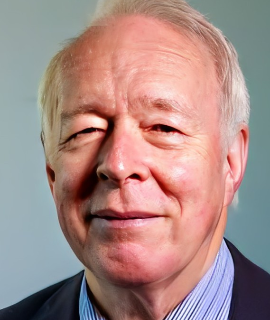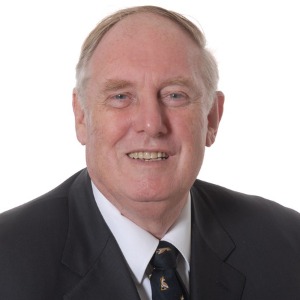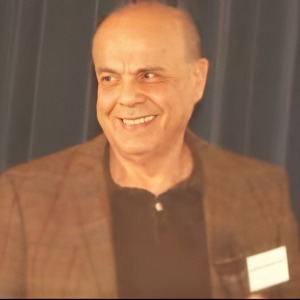Osseointegration
Osseo integration is a process in which a dental implant is fused with the jawbone and becomes a permanent part of the mouth. This type of dental restoration has revolutionized dentistry and is used in many instances to replace missing teeth. The process of osseointegration has many benefits, including being more comfortable and natural-looking than traditional bridges and dentures. Osseointegration is made possible by the use of titanium, which is a strong and biocompatible material. The implant is surgically placed in the jawbone and allowed to heal for several weeks. During this time, the tissues in the jawbone grow around the implant and integrate it into the bone. This creates a strong bond between the implant and the bone, allowing it to become a part of the body. The process of osseointegration has made it possible for people to have dental implants that look and feel like natural teeth. This type of restoration is also more durable than traditional dentures and bridges, and can last for many years with proper care. Osseointegration has been used successfully in many dental procedures, including single tooth replacements, dentures, and bridges. It has also been used to stabilize loose dentures and to provide a more secure fit. Additionally, osseointegration can be used to replace missing teeth that have not been replaced with traditional dentures or bridges. Osseointegration is a safe and successful way to replace missing teeth in the mouth. It is an effective way to restore the natural appearance of the smile and to provide a more secure fit for dentures or bridges. Patients should discuss their concerns with their dentist before undergoing this type of dental restoration to ensure that it is the right choice for them.

David Geoffrey Gillam
Queen Mary University of London, United Kingdom
Christopher Turner
Spacemark Dental, United Kingdom




Title : Evaluating hygienist follow up for head and neck oncology patients in secondary care: Results from a two cycle audit
Peter Basta, Newcastle Dental Hospital, United Kingdom
Title : Atypical facial pain unravelled
Christopher Turner, Spacemark Dental, United Kingdom
Title : New treatment of temporomandibular disorder through muscle balance and muscle regeneration by activation of quiescent muscle stem cells( satellite cells) with mitochondrial dynamics
Ki Ji Lee, National Reserach Foundation & Busan Medical University, Korea, Republic of
Title : Cutaneous, Cranial, skeletal and dental defects in patients with Goltz syndrome
Ali Al Kaissi, National Ilizarov Medical Research Center for Traumatology and Orthopaedics, Russian Federation
Title : The nature and management of dental erosion in patients with bulimia nervosa
Maya Fahy, The Royal Victoria, School of Dentistry, United Kingdom
Title : A systematic review on the early detection of oral cancer using artificial intelligence and electronic tongue technology
Maryam, Kardan Dental Clinic, Iran (Islamic Republic of)